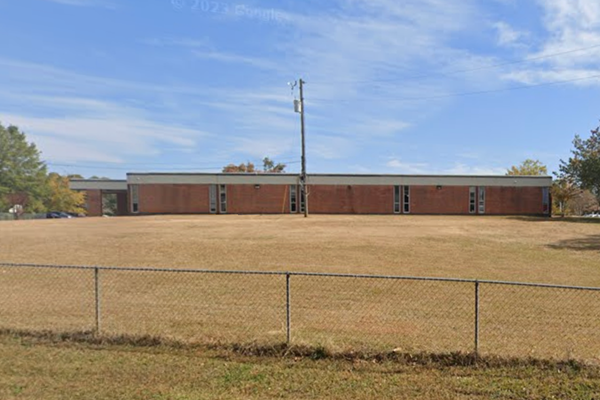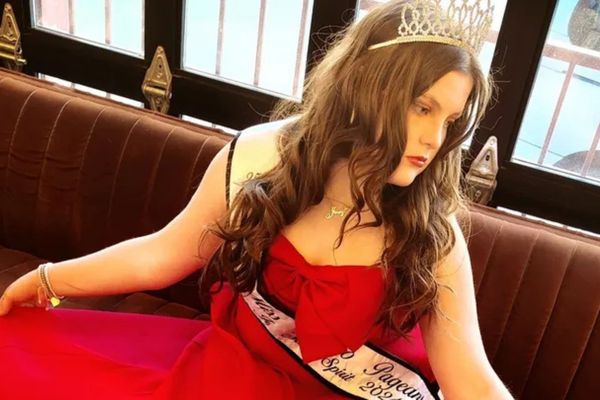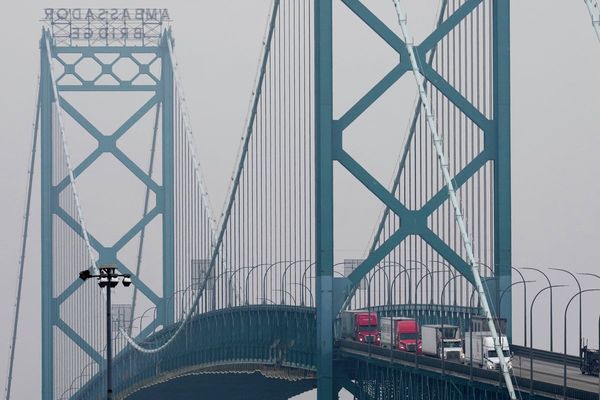
Photograph: Tim Campbell/Rottnest Island Authority
With its wild, undulating coastline, freewheeling cyclists and lovable, pint-sized marsupials, the quokka, Rottnest Island – known to Perth locals as Rotto – has become synonymous with summer holidays.
Lesser known to outsiders is the island’s complex past: more than 30,000 years of Noongar history and, more recently, the largest Aboriginal deaths in custody site in Australia.
On Wadjemup, as it’s known in Noongar language, historical remnants speckle the landscape: ancient coral reefs that formed during the last interglacial period, the remains of tools used by Noongar people, and empty buildings that once housed a prison camp for Aboriginal men and boys. As a plaque on the island states: Kwidja baalap yey (the past is still present).

In November, a group of First Nations artists are broadcasting the story of the island across the skies with Kooranup: a three-part series of drone light shows premiering at the Fremantle Biennale, which will also reveal stories behind Manjaree (Bathers Beach) and Dyoondalup (Attadale Reserve).
Translating to “the place beyond the heavenly shore”, Kooranup will feature a swarm of 160 drones dancing into formations of wildlife and spirit, exploring ancient and living stories of Whadjuk Noongar Country.
“In a way, the drones mimic the old style of storytelling,” says Noongar and Kungarakan artist Ilona McGuire, who produced the work with Dr Cass Lynch, Yabini Kickett and Tyrown Waigana. “It reflects the boundless magnitude of the Dreamtime, with these great creative beings moving across a cosmic space.”
Rottnest Island’s tumultuous past
Today, Wadjemup would be unrecognisable to its ancestors. Thomson Bay is lined with upmarket beachfront restaurants and bars, and multimillion-dollar luxury resorts attract a new clientele to the island. In January alone, a record-breaking 119,554 travellers visited Wadjemup. But how many know the story of the island?
“I’ve heard a lot of people say, ‘I’ve been going there all my life and I had no idea what happened’,” McGuire says. “It’s really upsetting, but I don’t blame them. I just hope the island can do more to educate people.”

Long before Wadjemup became a tourist playground, it was an important meeting place and ceremonial site for Noongar people, who lived there for tens of thousands of years before it was separated from the mainland by rising seas.
As they weren’t seafarers, Noongar people didn’t venture back to Wadjemup for thousands of years – and the first time they were reunited with this deeply spiritual place in 1838, they were shackled in chains as prisoners.
Prof Len Collard is a passionate advocate for Wadjemup prisoners and their descendants, and is helping to develop Kooranup as a cultural adviser. His “lifelong fascination” with the island started when he was just a teenager surfing at Strickland Bay.
“As young blokes, we would stay at tentland and I’d have these terrifying nightmares,” Collard says. “I came home and talked to my pop about it and he told me that I was sleeping on a gravesite.”
Collard is referring to the Wadjemup Aboriginal burial ground, where an estimated 373 Aboriginal prisoners who died in custody are buried in unmarked graves. The inmates buried there were among almost 4,000 men and boys from all across Western Australia imprisoned at Wadjemup between 1838 and 1931.

“They were piled into tiny cells with four or five other Aboriginal men, who probably didn’t speak their language,” Collard says. “Influenza and dysentery was rife – I can’t even imagine the aroma and the stench and the horror of all that experience.”
Aged between eight and 70, the prisoners were convicted primarily for petty crimes including theft, sheep-spearing and tribal disputes. Many of these men were leaders, lore men and warriors, and their removal from their communities had disastrous impacts. If they survived their imprisonment, they were released in Fremantle, and many of them never made it home.
“These men are Australia’s forgotten patriots,” Collard says. “They were the first people to defend the place we call Australia [from colonisation] and many lost their lives doing it, and yet we don’t remember them as such.”
The prisoners built much of the island’s infrastructure, unpaid, including the seawall, roads and cottages, the Quod (where many of them were later imprisoned), the superintendent’s cottage and the original Wadjemup lighthouse.
“That’s something I wish more people knew about Wadjemup,” Collard says. “That’s something we’re certainly proud of, and we tell our grandchildren how wonderful these men were.”
Like Collard, many thousands of visitors to Wadjemup have unknowingly camped at tentland over the burial ground, while others would have holidayed in the 29-cell prison, known as the Quod. Now closed to the public, both sites served as tourist accommodation for over a century.

The Rottnest Island Authority has apologised for concealing the history of the island as a prison camp and disrespecting the deceased, but according to Collard, there’s much more work to be done.
“The Office of Australian War Graves needs to come to the island and commemorate these brave men who lost their lives who are still lying in unmarked graves,” he says.
“And I’d like to see our people gain some financial benefit from the tourism on the island which we built.”
‘It’s not a blame game’: Kooranup shines new light
Given some of Wadjemup’s darker history, the decision to take Kooranup to the island was not taken lightly, and significant cultural consultation was undertaken.
“In the end, the decision was unanimous,” McGuire says. “We wanted to create a show that would be an invitation to healing. It’s not a blame game, it’s an embrace. It’s about embracing our shared history, and embracing change and transformation together.”


Cass Lynch, an academic and writer, is developing the script for Kooranup. Drawing on her doctoral degree in Indigenous climate memory, Cass wanted to depict Wadjemup as a resilient place that has evolved through many chapters. “A place that is so special was turned upside down. But now, the Elders are guiding it back to the essence of the place.”
Kooranup is the sequel to McGuire’s groundbreaking drone show Moombaki, which explored the first stories of Whadjuk Noongar country and premiered at the Fremantle Biennale in 2021 to great acclaim: “I had no idea what to expect,” she says. “I looked around and people were crying.”
“These shows have an incredible effect on people,” says Lynch. “You’re looking up towards the night sky, the world around you recedes and the music gets into your bones.”
While the prison camp history dominates much of the discourse around Wadjemup, the artists are eager to showcase a different side to the island – one that celebrates its beauty, the vast expanse of its history and the multiplicity of stories of its custodians.
“I want audiences to experience a true connection to place,” Lynch continues. “To be so immersed in the sounds and smells and spirit of Wadjemup that they take that place with them.
“I think people are going to get on that ferry, they’re going to cross over the water and arrive on the edge of something. I think they’re going to be looking into our world.”
The Fremantle Biennale will take place from 3-19 November 2023







